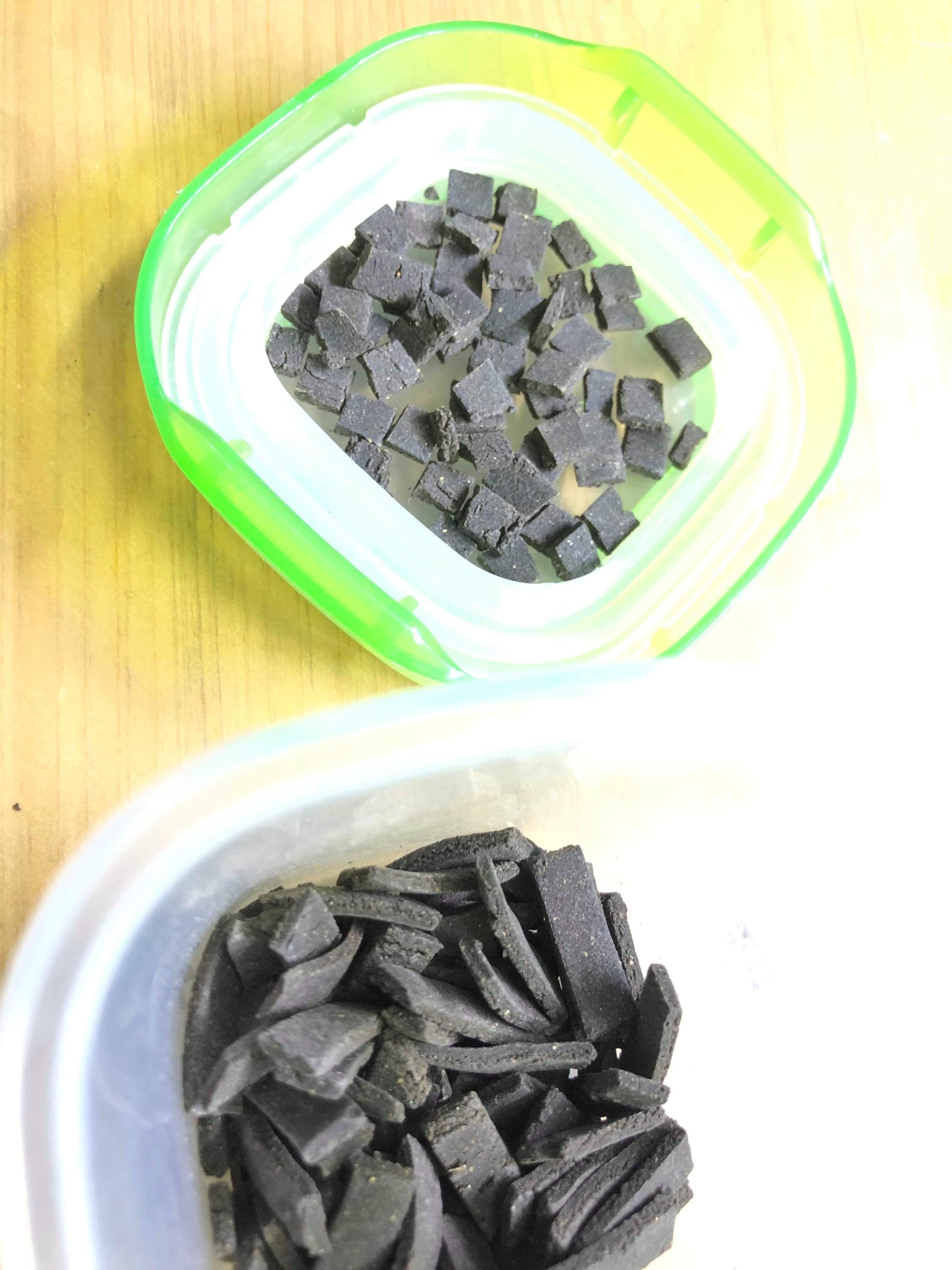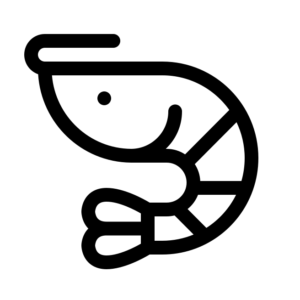Enjoy my most recent posts
The articles are being categorize into various sections and you can find them in the individual sections such as Shrimp, breeding, tips and others. On mobile devices all articles will be shown. If you want to find older articles please refer to Archive Should you not be able find an article you wish to read about or learn more on, please feel free to contact me using the Contact page.

This feels like the kid that goes into a candy shop or a toy store, the butterflies in the stomach. Due to Covid it has been some time where i can purchase Taiwan shrimp directly and ship it legally into Singapore. With all the help from friends who made this possible thank you!
Now i can’t wait to get my hand on the box to see how the shrimp look like. Should i do a vlog on unboxing? It really is exciting. For those who had chime in to make the Mass Order possible, thanks!

Now this is a big controversy when it comes to PRL with Crown or flowerhead pattern, it is undoubtedly being discussed for many years and at length.
Is flowerhead considered PRL?
Yes and No.What kind of an answer is this?
Maybe if we trace back the direction at which the breeder started and also the notion of what constitute as PRL will help give appreciation to the subject at hand.
From a very technical and strict selective methodology a crown head or flowerhead is considered to be cull out from a very pure line of PRL. These “PRL flowerhead” are then place into another tank to survive on their own and when market demands for these pretty looking “PRL Flowerhead” the notion of PRL Flowerhead become popular.
So from the above statement, can we classify these as PRL or the more acceptable term CRS? In various countries, the naming convention becomes misinterpreted and here is an example:
“I purchase a pair of high grade PRL with Mosura pattern from Japan or Taiwan and in the first 3 generation of breeding it is all very pure grade without crown or flowerhead pattern indication. By the 4th Generation i happen to see 1 PRL with the potential to become a flowerhead and i took it out to its own tank. Subsequent generation yield with more flowerhead potential and eventually i have a batch of flowerhead potential. After several generations of selection i manage to get some nice flowerhead. These are generally classified as “PRL flowerhead” for the general breeder. For very strict breeders, the Flower head pattern will be considered Cull hence the pair of high grade PRL will still need to be refined by myself to ensure purity of the line.”
A very strict line of PRL will not throw out anything other than PRL and the flowerhead pattern will not see the light of the day. The breeder in order to maintain that strict line will have to cull it to ensure the line maintains its purity.
Now with a little background on where the branch stems out when a flowerhead is being developed, than how about CRS flowerhead?
Now it gets hairy because CRS flowerhead due to export demands mass breeding need to happen. In general the CRS flowerhead is mixed with a range of shrimp to increase the likelihood of getting a CRS flowerhead. This could possibly mean, golden bee, wine red, PRL where massive number of females are used to help with the supply glut.
When hobbyist purchase from various sources, mixing them together and than claiming it is PRL flowerhead would probably be why the controversial started. First they purchase from breeder A and than breeder B and C and mix all together and claim it’s from breeder A (if it commands a higher price using breeder A name). Now the genes are very diluted, and when the hobbyist purchase it from the seller and started his own mix, nobody really know what it is.
When will someone know if the “PRL” becomes a CRS? Sometime recessive gene only appears after 10-11 generation that is a good 5-6 years at least… so it is difficult to trace back and hence my recommendation is always choose a good breeder to start with hence you have someone to check back upon. Stick to a good reputable breeder.
Businesses are setup with the intention of making profits. As businesses continue to meet with difficult economic situation, a reputable breeder must continue to share upfront the truth of the line. If you have already selected your breeder to purchase from just enjoy keeping the shrimp! But it is up to us to uphold the virtue of the breeders line.
Hence, to uphold the strict breeder’s line, it is important for me at least not to mix different breeder shrimps as it is a hit and miss and also dilute the years of hardwork the breeder has done. i will also not purchase from a consolidator because of different quality of shrimp and lineage. Personally, it is crystal clear to me in terms of the naming convention and i hope this post will shed some light in this often challenged topic.
p.s. this post wasn’t intended to show the difference of Flowerhead, but that could be our next post. For now enjoy shrimping!
Pure red line (PRL) are really good shrimp to start on your shrimp breeding journey. One of the reason is because they are really hardy and can take quite a wide range of water parameters.
I have friends who kept them up to 800 tds almost liquid rock type of water but they are still alive. Of cause when he found out that he quickly change water and slowly bring it down.
Water parameters I like to keep PRL in.
- TDS 85-90
- pH 5.8
- KH 0
- GH 4
- Temp 24
Breeding PRL is fairly straight forward once you provide them with the above water parameters, some hiding space, a higher female to male ratio, chances are you will get them to breed about 1-2 months after you first introduce them into your tank.

When the number of PRL increases, so does food requirement. Like in all my shrimp feed, I feed them Hwa version 1 pad. It is necessary to feed them daily to have healthy growth and prevent cannibalization. When the females are fed well with abundance of food source, they will start to saddle and berry.
One important part of the food cycle is preferably some grazing material like the lubao will be good for long term breeding projects. It allow female shrimp to have a consistent source of food available.


hope this post will benefit those who are venturing into PRL breeding. If you have questions please do not hesitate to contact me.
What is my preference in terms look for PRL?
- This is my own guidance for selecting , so the below will be the ones that i will not consider as my stock shrimp for that particular line.
for example if i am going to keep 2 or 3 distinct line of PRL these are my criteria:
- The red head should cover all the way to the start of the body, my preference to provide a stronger Red : White Ratio. The main reason for PRL is that the red has to be of certain % if not the white will cover most part which is moving towards the flowerhead pattern.
- There are only a few areas that can be red such as the head, legs, body markings, tail marking, feelers, etc. Swimmerets are a bonus to give that additional red to the overall shrimp.
- I also like the flowerhead pattern and will talk about this in the next post.

Another shot of another PRL in the main breeding tank where the red ends at the start of the body. 
That is my first criteria for that tank of PRL, if it doesn’t meet the criteria, it will be transferred to another tank.
2nd Criteria onward:
- Head to body ratio, is it appropriate at 30:70?
- No deform growth, head carapace to be flush with body
- no skirting
- Legs coloured: red is the best at least for me, followed by red and white then white and red. (personal preference)

The bottom pic shows that the maru spot is missing or is converging with the white, I will transfer this out to other tanks.

There are quite a lot to transfer around and usually for this particular line i’ll start to notice the very good ones start off with already good colouration around 0.8cm. I got this line from Hwa Taiwan and he has named it M Series PRL. Those in the know knows that Hwa PRL are world class and the M series PRL is in a class of it’s own.
Continuation of selection process will begin at F1 where the F1 females will be then cross back to the F0 male. This will result in BC1 (backcross 1) and then continue to do the selection process. After a couple of generation, i’ll then back cross again to maintain the genetics of the F0 male as long as possible. BC1 is the nearest in terms of genetic as F0.
Hope you enjoy reading this post!

